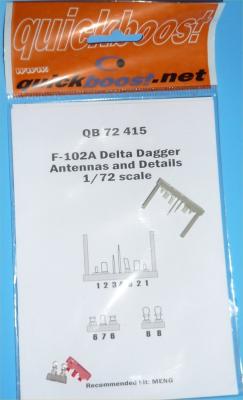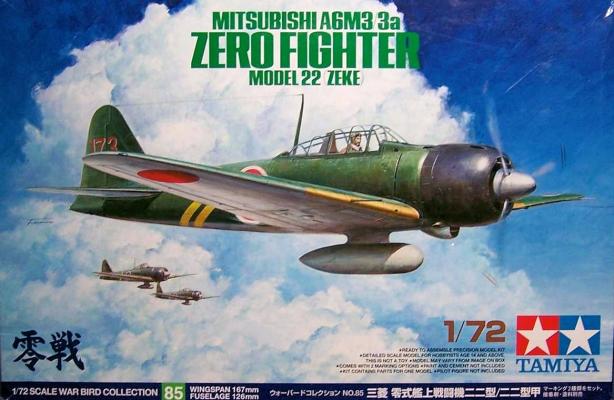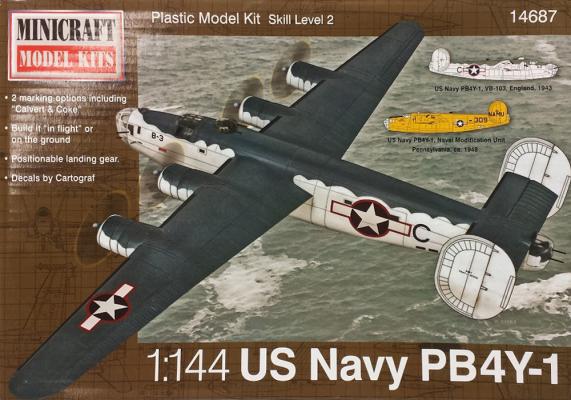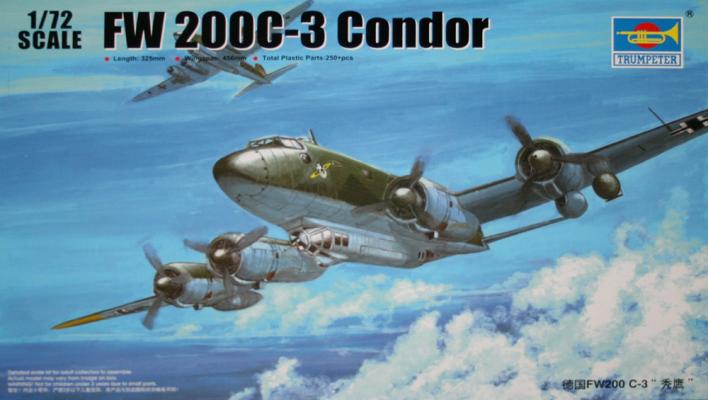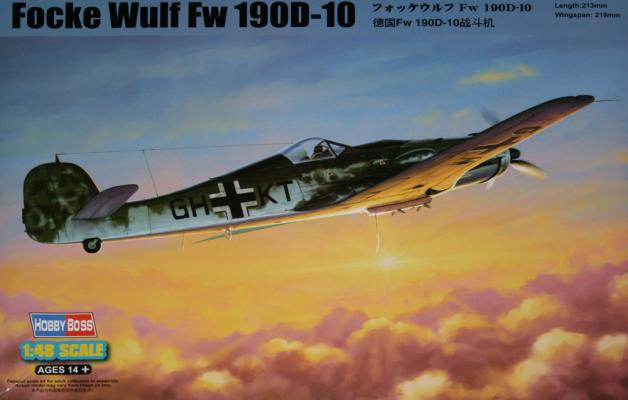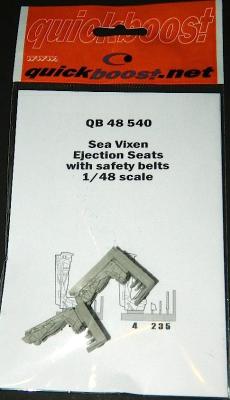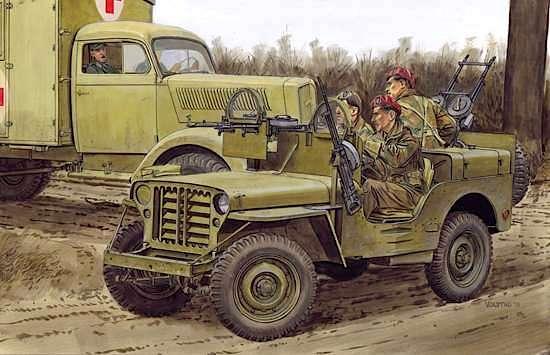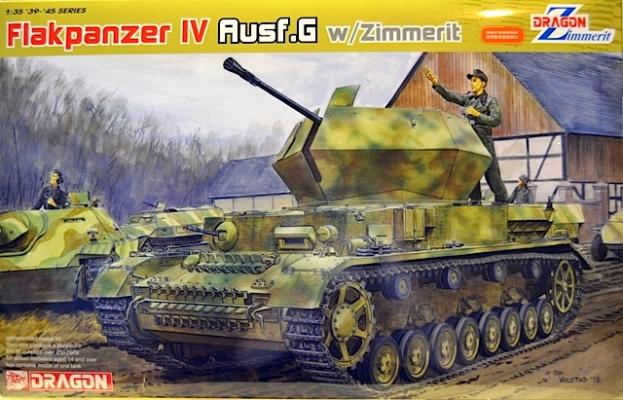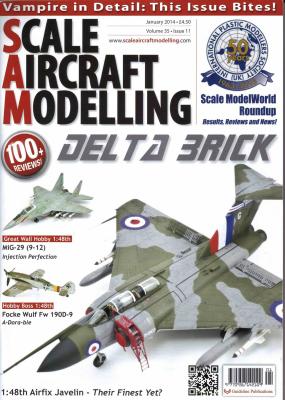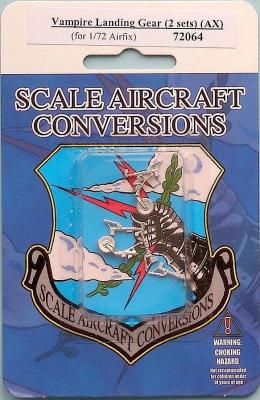Quickboost has added the antennas and details for the F-102A to their line of resin aircraft accessories. This latest addition is molded in a smoke, red and clear resin, it’s smooth, seamless and bubble free.
Comparing the Quickboost parts to the Meng parts is no comparison because they are replacing the little sticks and nubs that are already molded onto the fuselage or as in the case of QB parts #2 aren’t even there to begin with. You know, those little things sticking out in your way as you build and that eventually tend to disappear as you handle it. The thing that I like is that they already come molded in color and I don’t have to paint them. Just remove them from the mold blocks, remove the old antennas and lights from the kit body, which ever ones are still there and super glue them in place.
I very highly recommend this product if you want a nice and detailed F-102A. I would like to thank Quickboost and IPMS USA for the chance to do this review.

